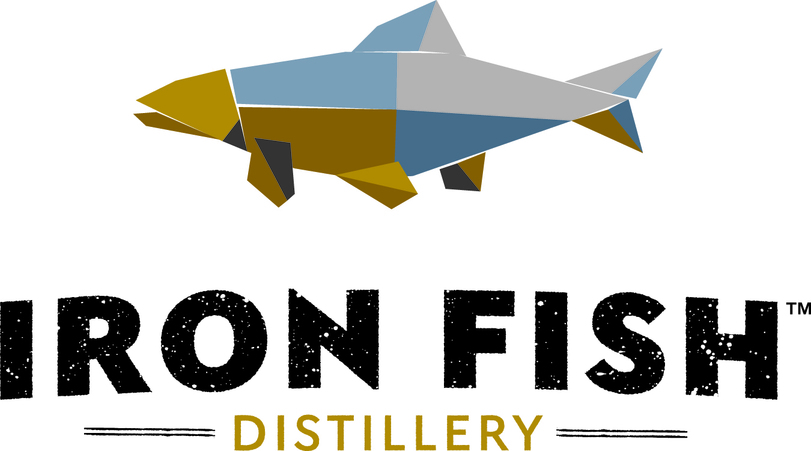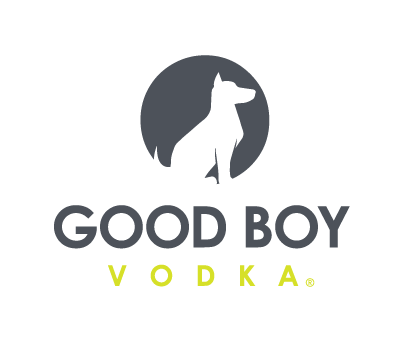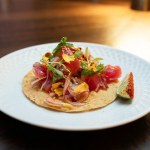CBD: Brightfield Report Warns of “Extinction Event” for Some Brands
The economic fallout from the global COVID-19 pandemic represents an “extinction level event” for many brands in the emerging CBD space, according to a new report on the state of the U.S. CBD market from Chicago-based intelligence firm Brightfield Group.
The rippling impact of the pandemic across society has created a complex environment for CBD entrepreneurs and brands. According to Brightfield’s U.S. CBD Market Report, released this morning, demand for products remains high, with both interest from new consumers and existing users, particularly millennials, increasing their CBD usage in recent months in response to the pandemic. With stores shut down, shopping has moved online: e-commerce is the largest sales channel for CBD products with a 39% share in 2020, up from 32% in 2019.
Yet the overall hit on the industry has been undeniable: Compared to 562% growth in 2019, this year the U.S. CBD market is expected to see largely flat revenues. In addition to 11.1% unemployment and closed stores, the continued lack of a federal regulatory structure for CBD from the Food & Drug Administration (FDA) has hampered industry expansion.
These conditions will have a devastating effect on many smaller CBD brands, according to Bethany Gomez, Managing Director at Brightfield Group. The industry isn’t large enough to support the 3,000-and-counting brands within it, she said, and consumers are gravitating more towards trusted names that have invested in education and outreach. Companies that lack product credibility, a strong affinity with consumers, access to capital, an ecommerce operation or a significant retail presence are unlikely to survive.
“We really expect this to be an extinction event in the industry,” said Gomez, adding that Brightfield expects “at least half of the brands that were on the market at the beginning of the year to fallout before the end” of 2020.
Price compression in the CBD market has also influenced growth. A flood of supply has resulted in lower raw material and production costs, and in response many leading brands — including Charlotte’s Web, Green Roads World and others — have cut prices to help drive trial. Those reductions have helped introduce CBD products to more middle-income consumers: Compared to 2019, more of those consumers (defined as having annual household income of $40,000 to $75,000) are using CBD, and the group represents nearly one-third of all CBD consumers.
Health concerns have also driven consumers to other product formats: 33% of U.S. CBD consumers said in June they are using more edibles. Meanwhile, despite offering faster relief, vape products have declined in popularity as health experts have linked usage with increased risk for acute complications related to COVID-19, a respiratory disease.
CBD-infused beverages, while still representing a small portion of overall revenues, have been developing steadily: The segment is projected to achieve $194 million in sales in this year, a 36% increase from 2019, and 65% CAGR between 2020 and 2025.
Along with a depressed economy, brands are also still pushing for action by the FDA to help clear regulatory hurdles for CBD as an ingredient in food and beverage products. While the uncertain legal status has hindered retail expansion, particularly at large big-box stores which move significant drink volumes, Gomez noted that the current conditions have effectively sidelined major corporations from getting involved.
Along with the “extinction event” looming ahead, the eventual clearance of those regulatory hurdles should compel smaller brands to act quickly.
“As soon as the FDA makes their regulations, the largest CPG companies that are most difficult to compete with are going to enter the category,” Gomez said. “These brands essentially have a limited amount of time to build up their brand as quickly as possible… because once the large companies in the industry have that go-ahead from the FDA, they are going to have a lot more competition in the space.”

















